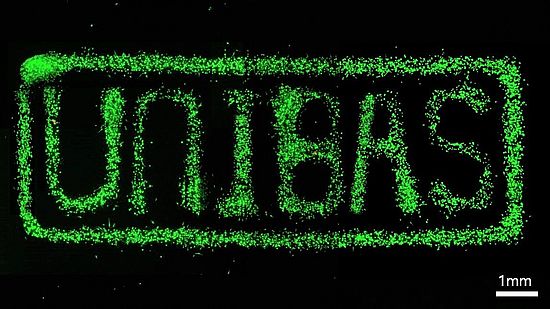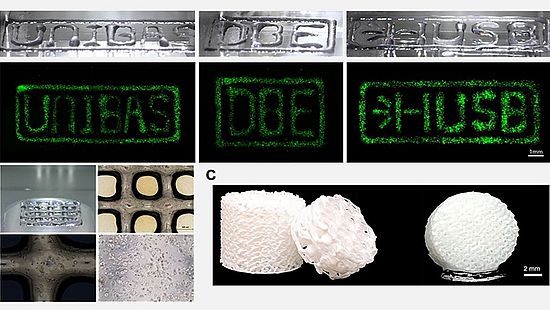Bioprinting
Bioprinting is a transformative technology that enables the creation of complex, patient-specific tissues and grafts by combining 3D printing with advanced tissue engineering techniques. Our research work is on developing osteochondral grafts using human nasal chondrocytes (hNC). These grafts offer a promising solution for treating osteochondral defects caused by trauma or osteoarthritis, as they can be customized to match the exact geometry of a patient's defect. A key challenge in bioprinting is developing suitable hydrogels that can effectively encapsulate and print cells while supporting their growth and differentiation. Our ongoing research explores the impact of oxygen concentration on chondrocyte differentiation and identifies optimal hydrogel compositions to enhance the bioprinting process.
Additionally, our group is developing a robotic platform for in-situ 3D bioprinting, which allows for the direct printing of personalized implants inside the patient’s body through a minimally invasive approach. This innovative technique aims to improve the precision of implant placement, reduce surgical incision sizes, and minimize damage to surrounding tissues. By addressing the technological challenges of in-situ bioprinting, such as material selection and robotic design, we strive to make personalized, fail-proof implants a reality, ultimately enhancing patient outcomes.








